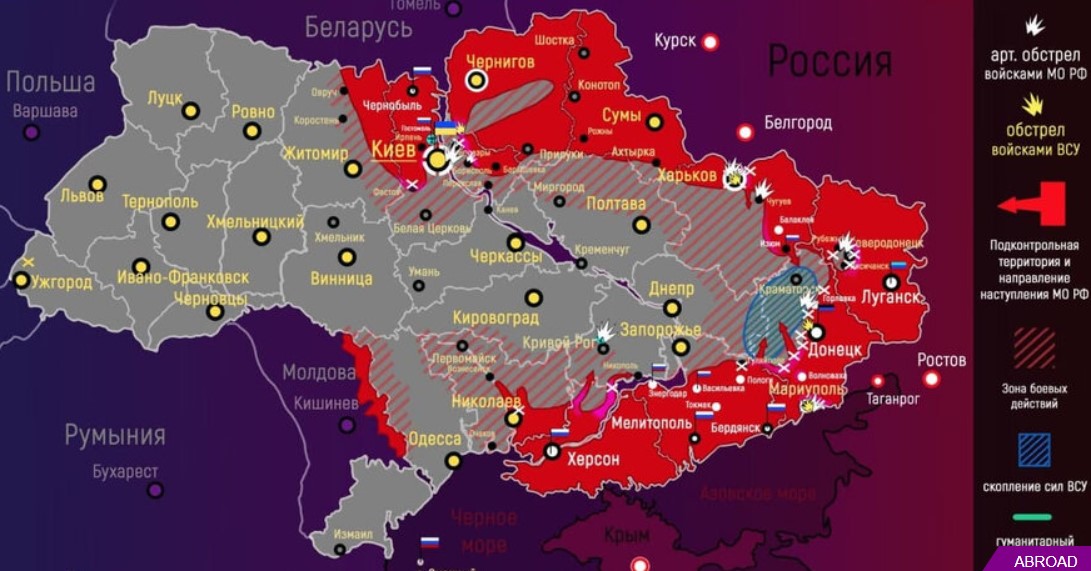Day 17 of the Russian operation in Ukraine
The 17th day of the war began with reports of the Russian army advancing on Kiev. Fighting is raging in the outlying towns and villages, as the Ukrainian defenders are trying to hold their ground everywhere and ward off the Russian advance. However, Moscow's troops are tightening the noose.
Published: March 12, 2022, 10:30 am
Alexander Borodai, former Prime Minister of the Donetsk People’s Republic and current member of the Russian State Duma, said that he expected the “military part” of the operation in Ukraine to last no longer than another month.
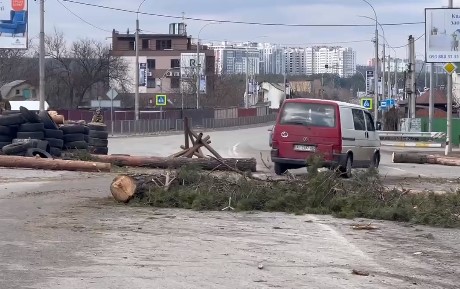
Ukrainians set up tank barriers to slow Russian advances. The tyres (left) will be set alight to create smoke columns, but this has no impact on Russian instruments and systems. Telegram
According to the Ukrainian army, attacks by Russian troops in the country are continuing. Around the capital Kiev, there are Russian offensives on the northern city limits at Sazymya and in a southerly direction at Vyshenky, according to a report published on Facebook by the Ukrainian General Staff. These offensives were partly successful in some areas. Satellite images show Russian military formations approaching Kiev, villages and towns on the outskirts have come under fire, and the city of Moschun, north-west of Kiev, suffered severe damage in residential areas.
In order to block the north-east Ukrainian city of Chernihiv from the south-west, Russian units also attempted to capture the towns of Mykhailo-Kozyubinske and Shestovytsya, around 15 kilometers away. In addition, according to the report, strategic bombers from the Russian air and missile forces used cruise missiles in the cities of Lutsk, Dnipro and Ivano-Frankivsk. Lutsk and Ivano-Frankivsk are located north and south of the city of Lemberg (Lviv), not far from the Polish border. According to Ukrainian sources, Russian warplanes are said to have used “unguided” ammunition in these airstrikes.
Maps of March 10 and March 11 show the far-reaching territorial gains of the Russian army in contrast to the cartographic representations of Western media. The tactical approach of the Russians confirms the assessments. On the 16th day of the operation, developments on the fronts already showed a tactical regrouping of Russian forces that would be crucial for further offensive action.
US DoD maps Russian progress correctly
On March 11, an analysis published by the US Department of Defense on Friday night appeared to be largely correct. Accordingly, the Russian military is stepping up its efforts to encircle Ukrainian cities, especially the capital Kiev, but also “Kharkiv and Chernihiv, Mariupol – we see these efforts to encircle and surround,” according to a senior US defense official.
Regarding Kiev, it noted: “So what we are seeing are these different lines of advance towards Kiev.” Due to the size and defense strength of Kiev, it is not easy for Russia to readily isolate the city, so the concentration of forces is taking time. On the other hand, the Russians succeeded in isolating the city of Chernihiv to a large extent, and Mariupol was also largely encircled.
In the run-up to Kiev, Russian units advanced about five kilometers towards the city on Wednesday and Thursday, according to US estimates, and they are still about 15 kilometers away from the city center. “As I said, Kiev is well defended and the Ukrainians are putting in a lot of energy (…) to protect their capital,” said the US defense expert. According to the Pentagon, it is still unclear how long it will take for the Russians to penetrate the city belt of Kiev and begin their offensive.
The US Department of Defense said Russia’s concentrated forces around and in Ukraine were 90 percent intact. According to current Pentagon estimates, around 190 000 Russian soldiers were massed on the Ukrainian borders before the invasion.
Satellite images from the US company Maxar Technologies show that the Russian military convoy, which was last sighted north-west of Kiev near Antonov Airport, was tactically disbanded and relocated. Maxar further noted that the images showed armored units operating in and through the surrounding towns near the airport. Other formations had been separated from the convoy and regrouped further north near the town of Lubyanka with towed artillery howitzers in position to fire.
“In the theaters of operation on the Black and Azov Seas, the weather conditions have forced Russian Navy ships to return to their bases. In the south, the occupiers are also trying to gain a foothold at the points they have reached, take control of the city of Mikolajiv and develop an offensive towards Zaporizhia and Krivy Rih, a report published on Facebook said. The Russian troops were stopped and suffered heavy casualties. The information cannot be checked independently,” according to the NZZ. Other sources contradicted these reports.
How will the battle for Kiev play out?
German military analyst Hagen Eichberger from Deutsche Militärzeitschrift’s (DMZ) explained how the upcoming battle for Kiev would likely play out. Defending home ground takes at least 10 times fewer troops, and the Ukrainians have an obvious advantage in this regard.
“I assume that within the next few days the Russian forces will have further gathered and massed their forces around Kiev in order to make the push towards the city centre. This will be prepared with air strikes and/or artillery strikes before the Russian units engage in street and house fighting.
“Nevertheless, the Russian military leadership has not shied away from fighting for urban territory. The Ukrainian defenders may have created staggered position systems for defence, which will make the conquest of Kiev possible only with the deployment of a significant superior number of men and material. A circumstance that the Russian military is of course taking into account and planning for.”
He said it could also be assumed that Russian tactics for the conquest of Kiev would be based on conventional theory of fighting in built-up (urban) terrain. “This means: proceeding in five steps: 1. reconnaissance, 2. encirclement and isolation of the city, 3. formation of bridgeheads, 4. massive attack, 5. securing and cleansing.”
The first two task have been completed while 3 to 5 are still to come. The extent to which points 4 and 5 are applied in Kiev depends on the Kremlin’s political goals, Eichberger pointed out. “Whether Putin will order such a ‘tough’ (not a military category) approach as in the Second Chechen War, for example, in Ukraine, which is ethnically regarded as a brother nation, is currently an open question.”
Moscow’s leadership has two tactical options in the battle for Kiev. The massive push into the city’s interior with the aim of completely seizing the capital with high casualty figures. Or the complete encirclement, blockade and isolation of Kiev from the outside world in order to increase the pressure on the Ukrainian leadership.
What would it take to maintain a hold on conquered territory?
Foreign analysts have calculated how many troops Russia would need to control the liberated territory (west of the Dnieper River and north of Odessa) after the completion of the special operation in Ukraine.
To do this, it will be necessary to complete at least four tasks:
1. Ensure the security of the new border, including land and sea (about 3000 km, including Crimea) – 27 300 people.
2. Ensure the security of critical infrastructure in large cities – 25 900 people.
3. Ensure the safety of the main roads and railways – 20 300 people.
4. Ensure the security of the population, as well as the conduct of military-civilian and counterinsurgency operations – 94 900 people.
In general, the number of troops will be 168 400 people and the same number will be required for rotation, for a total of 336 800 people.
All rights reserved. You have permission to quote freely from the articles provided that the source (www.freewestmedia.com) is given. Photos may not be used without our consent.
Consider donating to support our work
Help us to produce more articles like this. FreeWestMedia is depending on donations from our readers to keep going. With your help, we expose the mainstream fake news agenda.
Keep your language polite. Readers from many different countries visit and contribute to Free West Media and we must therefore obey the rules in, for example, Germany. Illegal content will be deleted.
If you have been approved to post comments without preview from FWM, you are responsible for violations of any law. This means that FWM may be forced to cooperate with authorities in a possible crime investigation.
If your comments are subject to preview by FWM, please be patient. We continually review comments but depending on the time of day it can take up to several hours before your comment is reviewed.
We reserve the right to delete comments that are offensive, contain slander or foul language, or are irrelevant to the discussion.
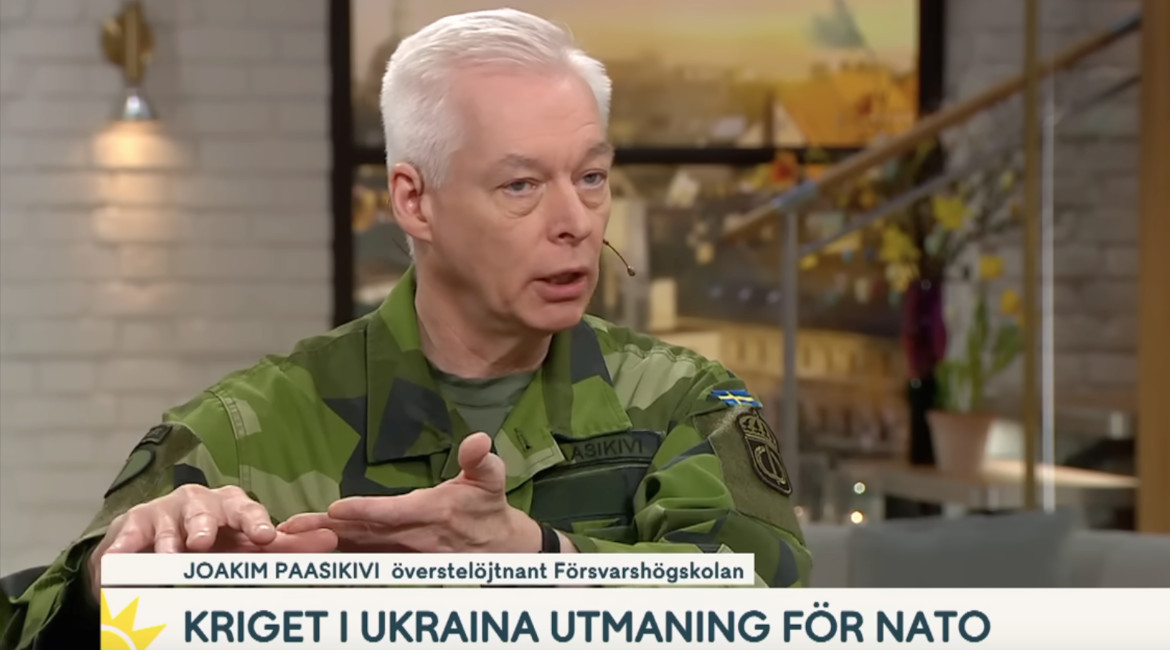
Swedish military wants to remilitarize the Åland Islands
The demilitarized autonomy has previously been known as 'the islands of peace.
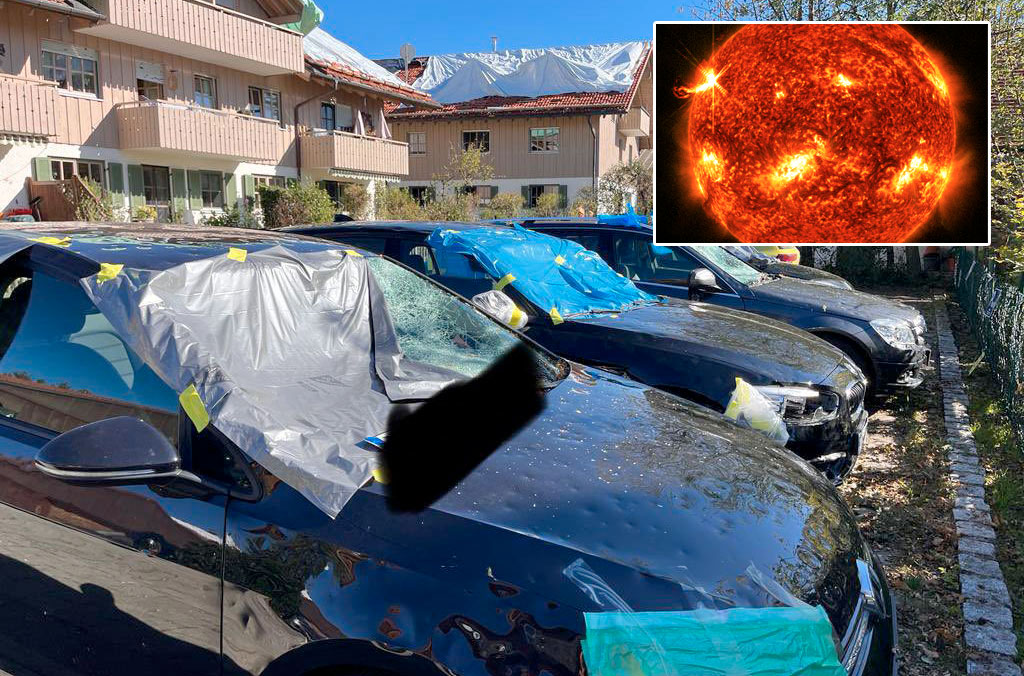
NOAA Predicts Zero Sunspots for Almost the Whole 2030s
CLIMATEThe United States' government scientific organization, the National Oceanic and Atmospheric Administration (NOAA), predicts zero sunspots from 2031 to 2040. This is an extreme situation that has not occurred in as long as humanity has been counting sunspots, and it leads us into uncharted territory in terms of our solar system. However, this prediction aligns with the warnings of the world-renowned solar researcher Valentina Zharkova for many years, who indicated in 2019 various signs of this catastrophic phenomenon, including the extreme hailstorms we have seen in Europe and the world this summer. The forecast and various observations this year give cause for very significant concern. In this unique analysis, Free West Media explains why.
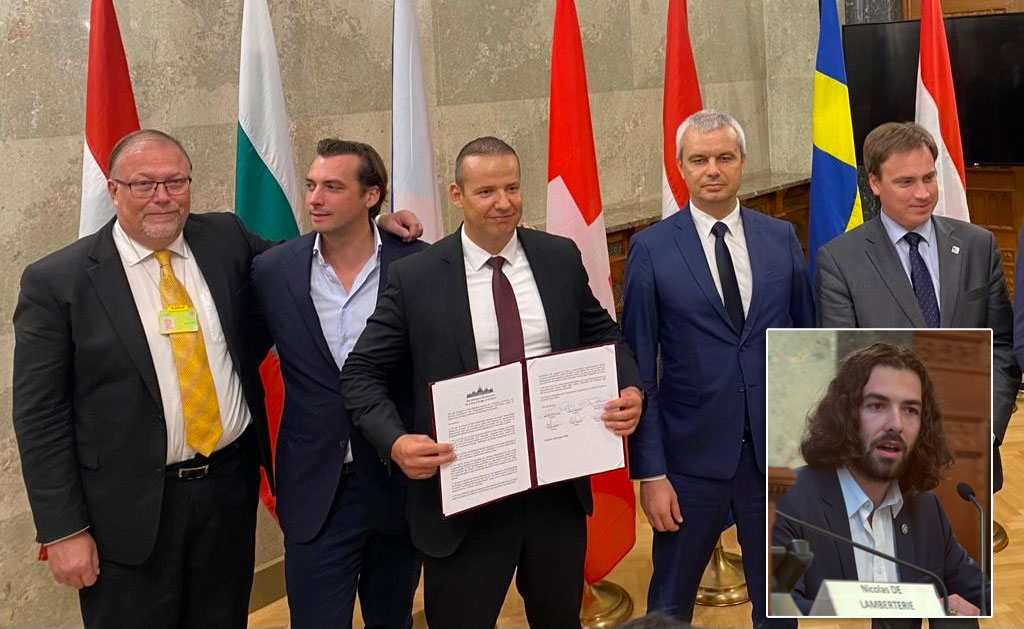
European Nationalist Parties Forge Cooperation Ahead of EU Elections
EUROPEAN ELECTIONSOn Saturday, August 26, representatives of six European nationalist parties gathered in Budapest. The meeting was initiated by the Hungarian party Mi Hazánk and took place in the national parliament. Representatives of the parties signed a joint declaration that not only reaffirms the parties' friendship but also their unity on a range of complex political issues. A surprisingly clear and radical manifesto was established. The hope is that this cooperation will lead to success in the EU elections and eventually result in the formation of a group in the European Parliament. For Swedish nationalism, this meeting marks a success as Sweden, for the first time, has a party represented in a leading nationalist cooperation in Europe. Free West Media was present at this historic event.
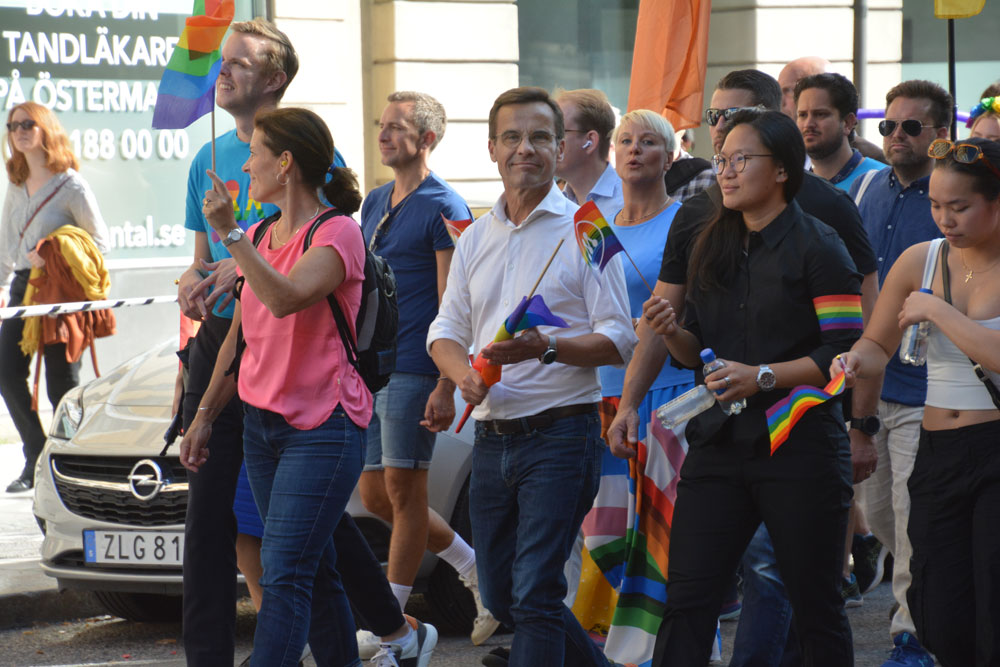
Turkey Believes Sweden Hasn’t Done Enough
Sweden will have to wait a bit longer for NATO membership, according to Turkey's Justice Minister Jilmaz Tunc. First, Sweden must extradite the "terrorists" Turkey wants and stop the desecration of the Quran.
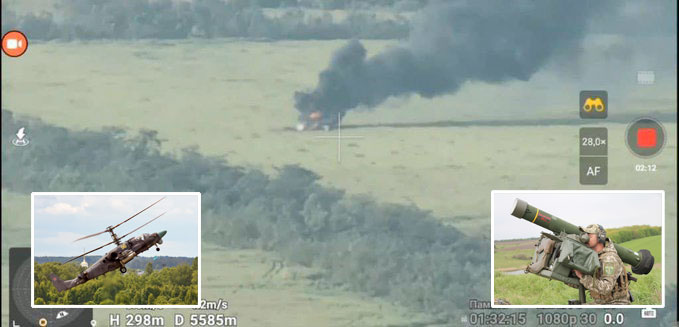
Swedish Weapon Takes Down Russia’s Best Attack Helicopter
The Russian attack helicopter Ka-52 is considered one of the world's best and has struck fear in Ukraine, where it has hunted down tanks and other armored vehicles, often beyond the range of many light anti-aircraft systems. However, it has met its match in the Swedish air defense missile system RBS 70, which has quickly led to significant losses for the Russian helicopter forces.

Strong Confidence in German AfD
Alternative for Germany (AfD) held a party conference on July 29-30 to select candidates for the upcoming EU election next year. EU Parliament member Maximilian Krah, belonging to the party's more radical, ethnonationalist faction, was appointed as the top candidate. The party's two spokespersons delivered powerful speeches criticizing the EU's failed migration policy and trade sanctions that isolate Europe and Germany from the rest of the world. They argued that it's time for the EU to return a significant portion of its power to national parliaments. However, they have dropped the demand for Germany to exit the EU.
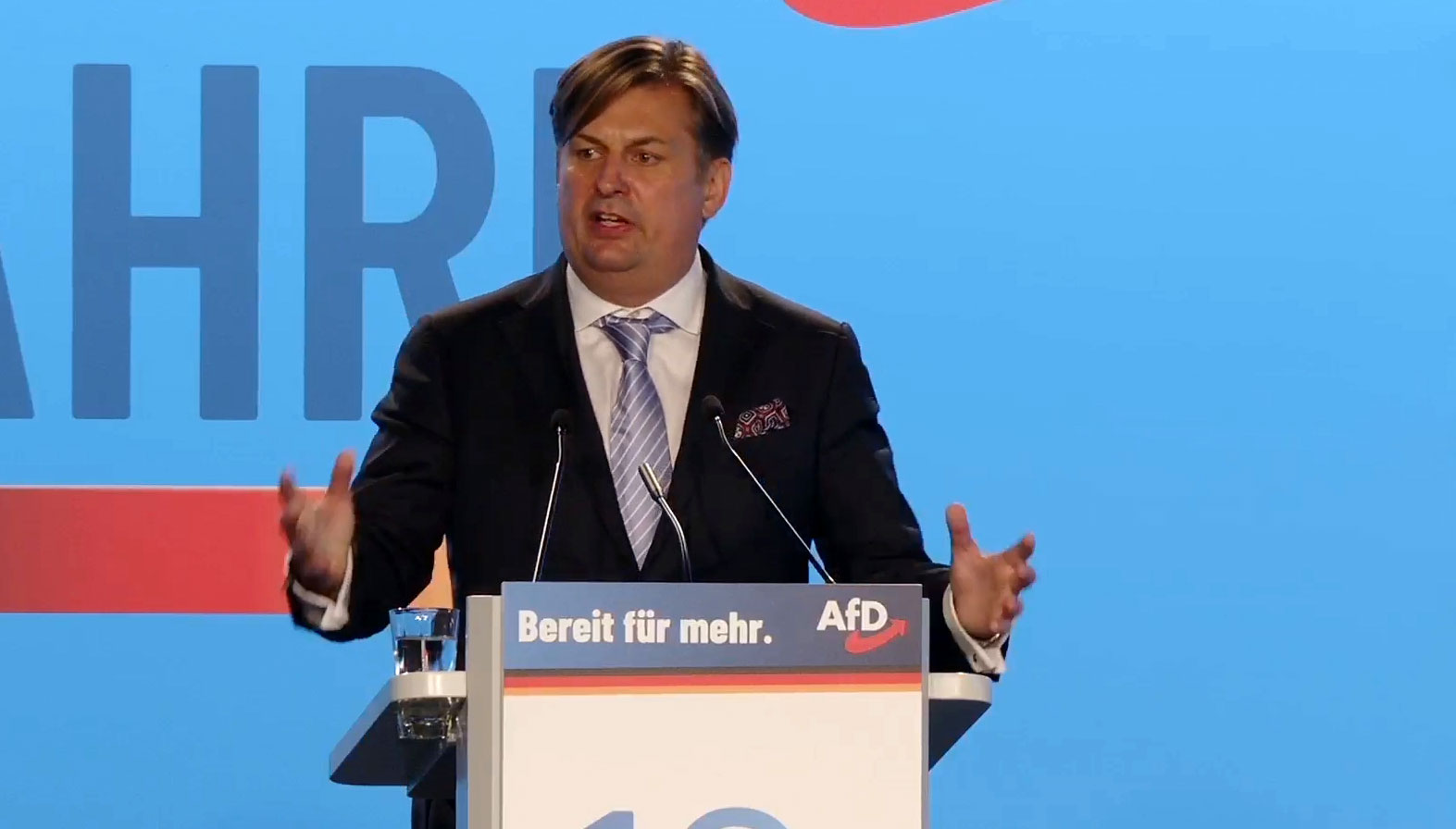
The Establishment Wants to Ban Germany’s Second Largest Party – for the Sake of Democracy
The rising popularity of AfD has raised strong concerns within the establishment. Despite lies and demonization in the media and isolation from the overall political establishment, the party continues to grow. Certain representatives of the party are accused of becoming increasingly "extreme," and in an unusual move, the influential weekly newspaper Der Spiegel demanded that AfD be "banned."

Dutch FvD break through the media blockade
What is happening in the Netherlands? It is often difficult to follow events in other countries, especially when distorted by system media. We give Forum for Democracy (FvD) the opportunity to speak out on the political situation in the Netherlands and the staunch resistance they face in trying to save the country.
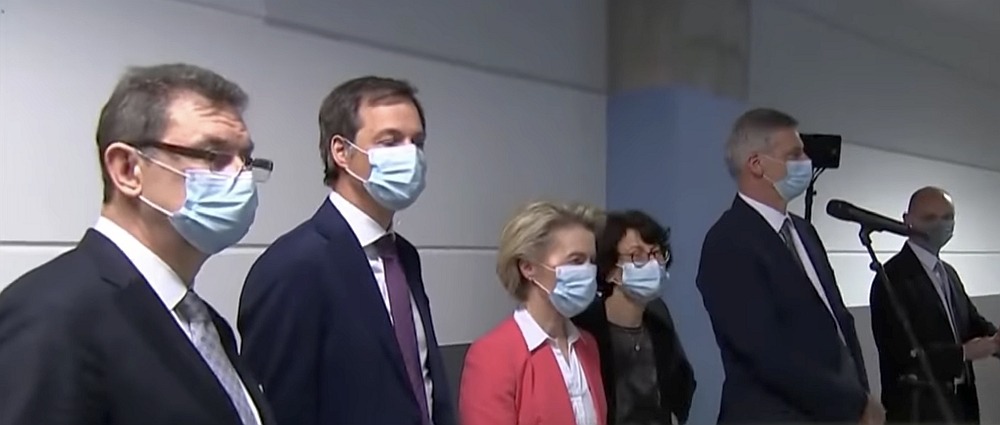
The Ursula von der Leyen Affair
After a criminal complaint in Belgium against the President of the European Commission, the so-called SMS-case, now takes a new turn. The judge responsible for the investigation will likely gain access to the secret messages exchanged between Ursula von der Leyen and Albert Bourla, CEO of Pfizer, at least if they haven't been deleted.

Publisher of Unique Literature Worldwide Blocked by International Distributor
Arktos has distinguished itself by publishing groundbreaking philosophers and social critics. Now, the publisher's international distributor has abruptly terminated the cooperation, and more than 400 already printed titles cannot reach their audience. There is strong evidence that the distributor has been under pressure, something that has also happened in Sweden. We have spoken with Arktos founder Daniel Friberg about the ongoing struggle for freedom of speech in a shrinking cultural corridor.
